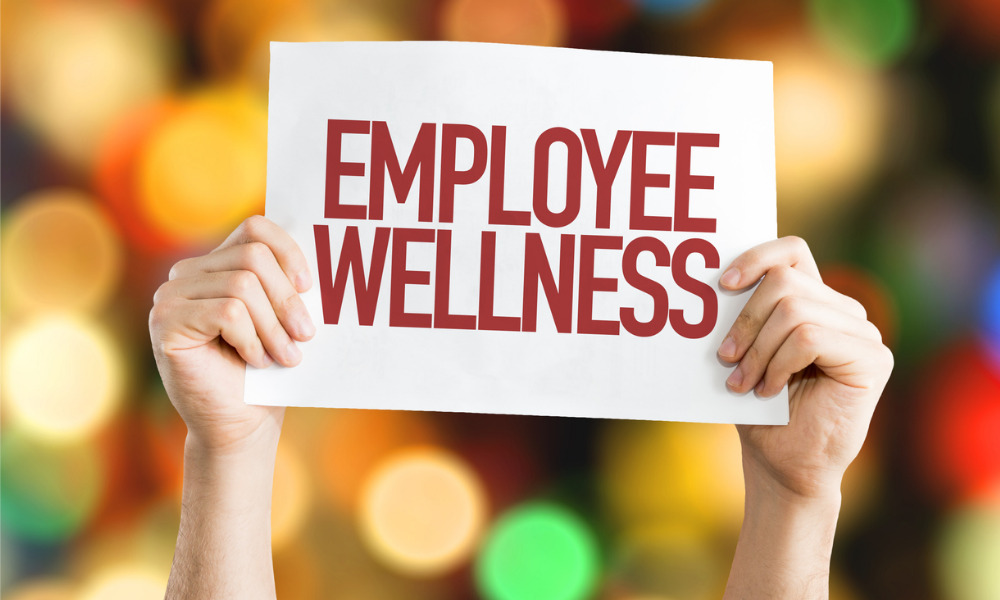
These guidelines will revolutionize your strategy

“Of course, it’s theoretically and statistically impossible to have zero workplace accidents,” reflects Bernd Treichel, member of the International Organizing Committee of the World Congress on Safety and Health at Work and manager of the Vision Zero strategy, “but we try to look at it from a different angle. And that is: everyone who comes home safely at the end of a working day has accomplished that vision of zero accidents.”
It’s a far-reaching and bold proposition – but one that’s a signature ideal of Vision Zero, a transformational approach to workplace safety spearheaded by the International Social Security Association and its Special Commission on Prevention.
“Vision Zero is an idea that emerged in Sweden on road safety,” he explains. “That was in the nineties, where the possibility of having zero road accidents was raised. From there it was slowly but surely translated and integrated into the world of work.”
The initiative will be the main focus of ‘Vision Zero in Motion’, the ISSA’s presentation at the aforementioned World Congress. Of particular interest will be Vision Zero’s ‘seven golden rules’
So – what are these rules exactly?
“Number one is to take leadership,” Treichel elaborates. “Number two is risk assessment: identify the hazards and risks.”
“Number three is the definition of targets you want to reach, either as a company or as a country. You can say, well, we have so many occupational accidents each year – but we want to reduce it by, let's say, 20 or 30%. Some companies have even managed to get that down to zero - including organizations which had maybe 30 fatal accidents a year. Now they have zero.”
“Number four is to be well organized, to have a safe and healthy systemic approach. Number five is machine safety, encompassing all the equipment of the workplace. Number six is qualification – ensuring that employees are trained and knowledgeable in the area of safety and health at work.”
“Finally, number seven is participation. Everybody needs to be actively involved in making sure that the workplace is a safe place. We believe that if you follow these rules, you will have a better safety and health performance.”
“We also have fourteen measuring points based on these seven golden rules – fourteen indicators that can help you to predict your future safety and health performance or tell you where you currently stand. You can then eventually compare yourself with another company - if that other company is willing to share data - and it will show you your weak spots.”
“Another option is to look at the frequency of events, accidents and absences at work and to see if there is a systematic and consistent approach to these indicators. That's called the frequency estimation. From there, the most advanced measure is the quantitative measurement. That's mainly for bigger companies who have much more data at hand.”
If an organization is eager to adopt the rules and indicators outlined above, how can they go about partnering with Vision Zero? The answer, Treichel outlines, is refreshingly simple.
“You can visit our website and join as a partner or as a company. And we have no strings attached. It is just an expression of commitment. And there are now over fifteen thousand organizations who have done that. We have a thousand trainers that can help you if you want to really make changes at the workplace and you don't know how. We have a lot of training manuals for them and we have an accredited training program set up together with our partner, the Institution of Occupational Safety and Health (IOSH) in the UK.”
“I think the charm of it is that – if you are a smaller or mid-sized company or enterprise and you don't have so much time at hand to deal with these things - you can just use a simple checklist approach and you already get an indication whether you are on the right track or not.”
And – as Treichel explains – the premise of Vision Zero is applicable to workplace scenarios that are far beyond the norm.
“We had an astronaut from NASA who actually used these seven golden rules to describe the launch of a manned flight into space,” he reveals. “He took me through the rules. He said: let's take rule number one, leadership. When we launch, leadership is absolutely important. And then the next one: risk assessment. We check that everything is OK. And then he took us through the next three rules, all implemented before the launch.”
“In a way, the rules are nothing new. It's just that we simplified them and found a way to create more emotion around them. There must have been at least a hundred Vision Zero events in the first two or three years all over the globe – all aimed at spreading the word that a world without occupational accidents and diseases is possible.”
Thought leaders in the human resource profession will find a range of rich program offerings at the XXII World Congress on Safety & Health at Work. Registration for this virtual global congress is open now.